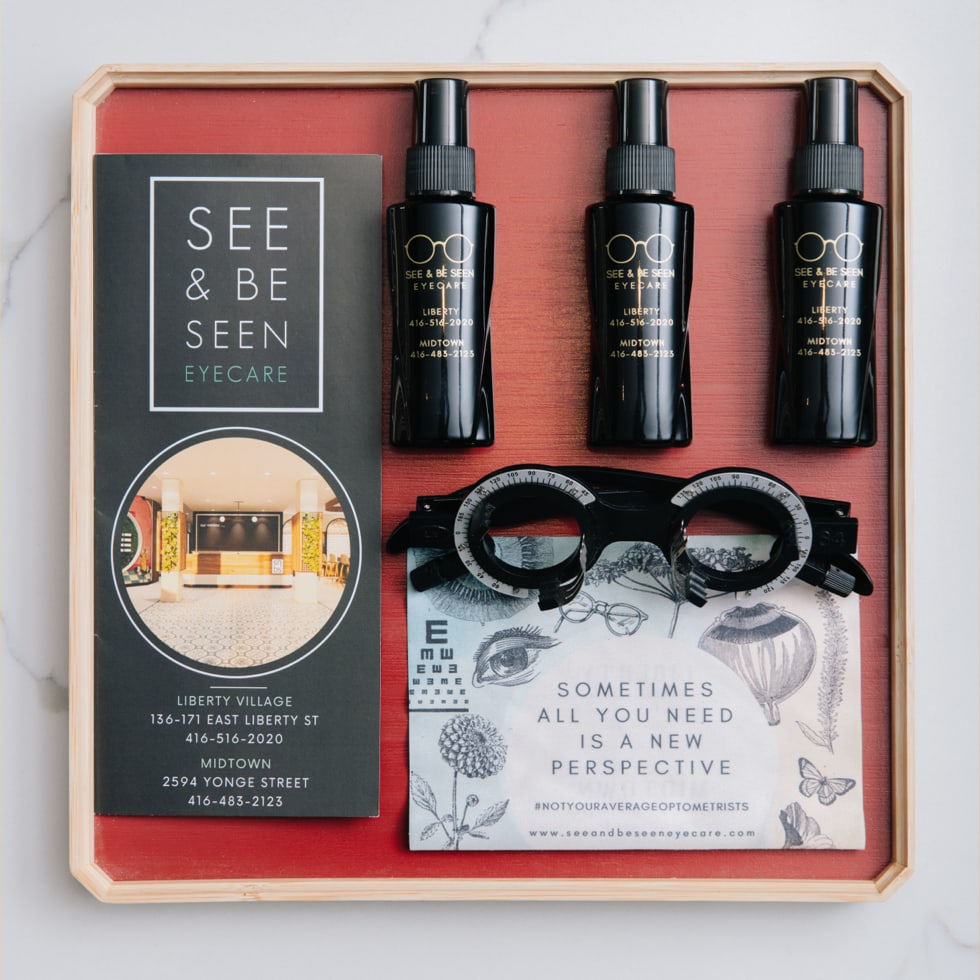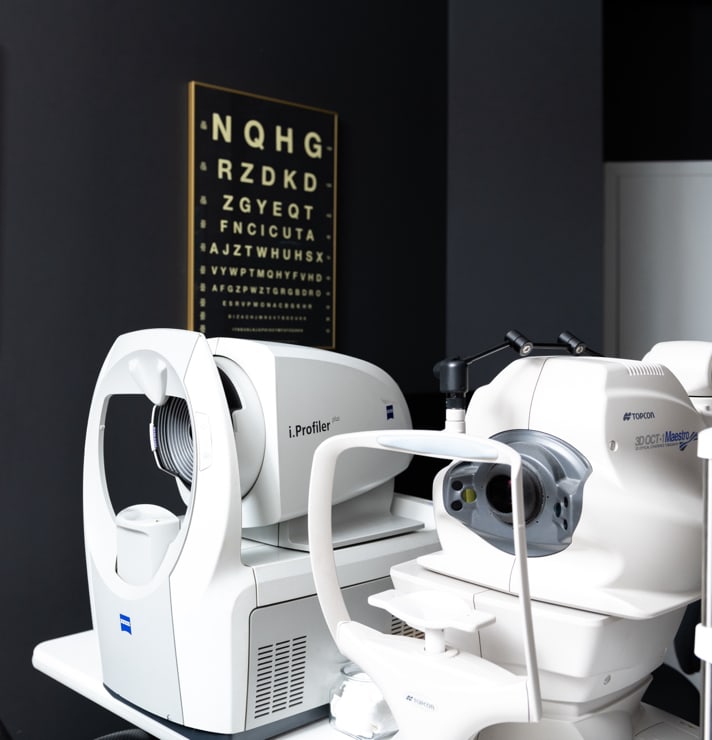Whether you’re reading a book, scrolling on your phone, or driving through busy city streets, having clear vision at all distances is essential. But as your eyes age or change, seeing sharply near and far isn’t always simple. If you’ve found yourself switching between multiple pairs of glasses or struggling with blurry close-up text, multifocal contact lenses could be the solution you’ve been looking for.
Multifocal contacts are designed to correct vision at multiple distances by combining different prescriptions into a single lens. They offer a convenient, glasses-free way to manage vision problems like presbyopia (age-related near vision loss) or help slow myopia progression in children and teens.
Whether you’re in your 40s, noticing changes in your reading vision or you’re a parent looking for options to support your child’s eyesight, multifocal lenses are a flexible, modern option worth considering.
How Do Multifocal Contact Lenses Work?
Multifocal contact lenses are different from traditional lenses that correct just 1 focal point. Instead, they contain multiple lens powers arranged in different zones. These lenses allow your eye to access the right prescription depending on what you’re focusing on—whether it’s something close, mid-range, or far away.
There are 2 main designs:
- Concentric ring designs: Zones of vision correction arranged in circular layers across the lens.
- Aspheric designs: A gradual change in power from the centre to the edge of the lens, more closely mimicking the natural shape of the eye.
As you wear multifocal lenses, your brain learns to interpret visual information from each zone, automatically choosing the right part of the lens for the distance you’re looking at. This adaptation doesn’t happen instantly, but with time and consistency, most people adjust quite comfortably.
Who Should Consider Multifocal Contact Lenses?
Multifocal contact lenses are often recommended for people dealing with:
- Presbyopia: Difficulty seeing close-up due to age
- Myopia (nearsightedness): Especially for children with progressing vision loss
- A desire to avoid switching between different types of eyewear
Presbyopia: Managing Age-Related Vision Changes
Presbyopia is a natural part of aging and usually starts to appear around age 40. It occurs when the eye’s lens becomes less flexible, making it harder to focus on close objects. If you’ve started holding your phone farther away to read texts or you need better lighting for up-close tasks, you might be experiencing presbyopia.
Multifocal contacts provide a glasses-free solution by correcting both near and distance vision in one lens. This is especially helpful for people who prefer not to rely on reading glasses or bifocals. With multifocal lenses, you can seamlessly transition between tasks like reading a recipe and watching TV, without having to switch your glasses.
Myopia Control for Children & Teens
Multifocal contact lenses are also used to help slow the progression of myopia in younger patients. Myopia, or nearsightedness, causes distant objects to appear blurry and typically develops during childhood.
Studies show that multifocal lenses designed for myopia control can reduce how quickly the eye elongates—a key factor in myopia progression. These lenses use peripheral defocus to subtly redirect light in a way that discourages further growth of the eyeball, while still correcting central vision so your child sees clearly.
This approach can reduce the risk of serious eye conditions later in life, such as retinal detachment, glaucoma, or macular degeneration.

What to Expect When Wearing Multifocal Lenses
Adapting to multifocal contacts takes time and patience. Unlike glasses, where you move your head to look through a specific lens area, multifocal contacts move with your eye, and your brain must learn to focus through the correct zone based on distance.
Multifocal lenses feature concentric circles that seamlessly blend near, intermediate, and distance vision. Unlike traditional lenses with distinct zones, this design allows you to focus on close-up tasks like reading, cooking, or using a computer, as well as see distant objects, without needing to shift your gaze.
Initially, you may experience mild blurriness or haloes around lights, especially at night. These symptoms typically fade as your brain adjusts. If discomfort continues, your optometrist may recommend trying a different lens design or brand to better suit your visual needs.
Tips for a Smooth Transition
To make the adjustment easier, keep these strategies in mind:
- Wear them consistently: Switching between contacts and glasses slows your adaptation.
- Give it time: It can take several days or even a few weeks to fully adjust.
- Use good lighting: Adequate lighting makes focusing easier, especially up close.
- Do daily visual exercises: Practice focusing on near and far objects to strengthen your eye muscles.
Staying in touch with your optometrist during this period is key. They can fine-tune your prescription and answer questions as you adapt to the lenses.
Are Multifocal Contacts Right for You?
Multifocal contact lenses offer clear, convenient vision correction at multiple distances—whether you’re managing age-related vision loss or looking to protect your child’s long-term eye health.
At See & Be Seen Eyecare in Toronto, we’re here to help you find the best solution for your unique visual needs. Book an eye exam with our team today to see if multifocal contact lenses are right for you—and take the first step toward clearer, more comfortable vision.













